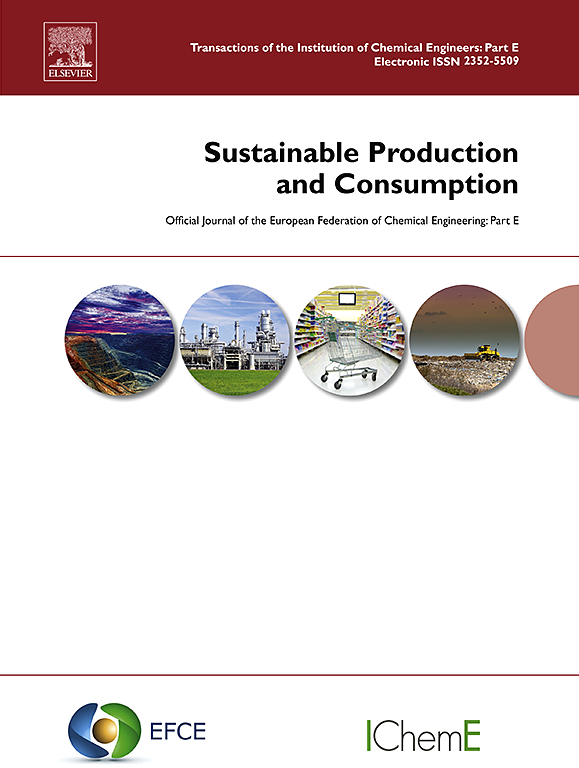Social life cycle assessment of non-timber forest products in Indonesia: The case of Gum Rosin
IF 10.9
1区 环境科学与生态学
Q1 ENVIRONMENTAL STUDIES
引用次数: 0
Abstract
Gum rosin, a distillation product of pine sap with turpentine as a co-product, is a significant non-timber forest product (NTFP) in Indonesia. This study evaluated the social sustainability of gum rosin production across four factories in Central Java during a three-year period of 2020–2022 through a Social Life Cycle Assessment (SLCA). The study focused on social performance and identifying social hotspots using the Subcategory Assessment Method (SAM) based on basic requirements. Data collection involved reviews of documents, reports, and records of the organization with triangulation interviews and surveys of other stakeholders to validate data in the inventory analysis. The results indicated that all factories met the basic requirements in the majority of subcategories for all stakeholder groups involved. Each stakeholder group had specific subcategories requiring improvement, such as “working hours,” “fair wages,” and “health and safety” for forestry workers; “access to material resources” for local communities; “promoting social responsibility” for value chain actors; and “transparency” for consumers. These areas were found to not meet basic standards and need specific improvements. These findings are intended to support the government, as the industry's sole shareholder, in developing strategies for its future growth while recognizing the potential of pine sap to contribute to climate change mitigation and adaptation efforts. While this study focuses on industry activities, future research should expand its scope to include the broader social impacts of sustainable forest management more comprehensively.
印尼非木材林产品的社会生命周期评估:松香的案例
松香是松脂与松节油共同蒸馏而成的产物,是印尼重要的非木材林产品。本研究通过社会生命周期评估(SLCA)评估了2020-2022年三年期间中爪哇四家工厂松香生产的社会可持续性。本研究以社会绩效为研究重点,采用基于基本需求的子类别评估方法(SAM)识别社会热点。数据收集包括对文件、报告和组织记录的审查,以及对其他利益相关者的三角访谈和调查,以验证清单分析中的数据。结果表明,所有工厂都满足了所涉及的所有利益相关者群体的大多数子类别的基本要求。每个利益攸关方群体都有需要改进的具体子类别,例如林业工人的“工作时间”、“公平工资”和“健康与安全”;为当地社区“获取物质资源”;价值链参与者“促进社会责任”;以及对消费者的“透明度”。这些领域不符合基本标准,需要具体改进。这些研究结果旨在支持作为该行业唯一股东的政府制定其未来增长战略,同时认识到松树汁有助于减缓和适应气候变化的潜力。虽然这项研究的重点是工业活动,但未来的研究应扩大其范围,更全面地包括可持续森林管理的更广泛的社会影响。
本文章由计算机程序翻译,如有差异,请以英文原文为准。
求助全文
约1分钟内获得全文
求助全文
来源期刊

Sustainable Production and Consumption
Environmental Science-Environmental Engineering
CiteScore
17.40
自引率
7.40%
发文量
389
审稿时长
13 days
期刊介绍:
Sustainable production and consumption refers to the production and utilization of goods and services in a way that benefits society, is economically viable, and has minimal environmental impact throughout its entire lifespan. Our journal is dedicated to publishing top-notch interdisciplinary research and practical studies in this emerging field. We take a distinctive approach by examining the interplay between technology, consumption patterns, and policy to identify sustainable solutions for both production and consumption systems.
 求助内容:
求助内容: 应助结果提醒方式:
应助结果提醒方式:


